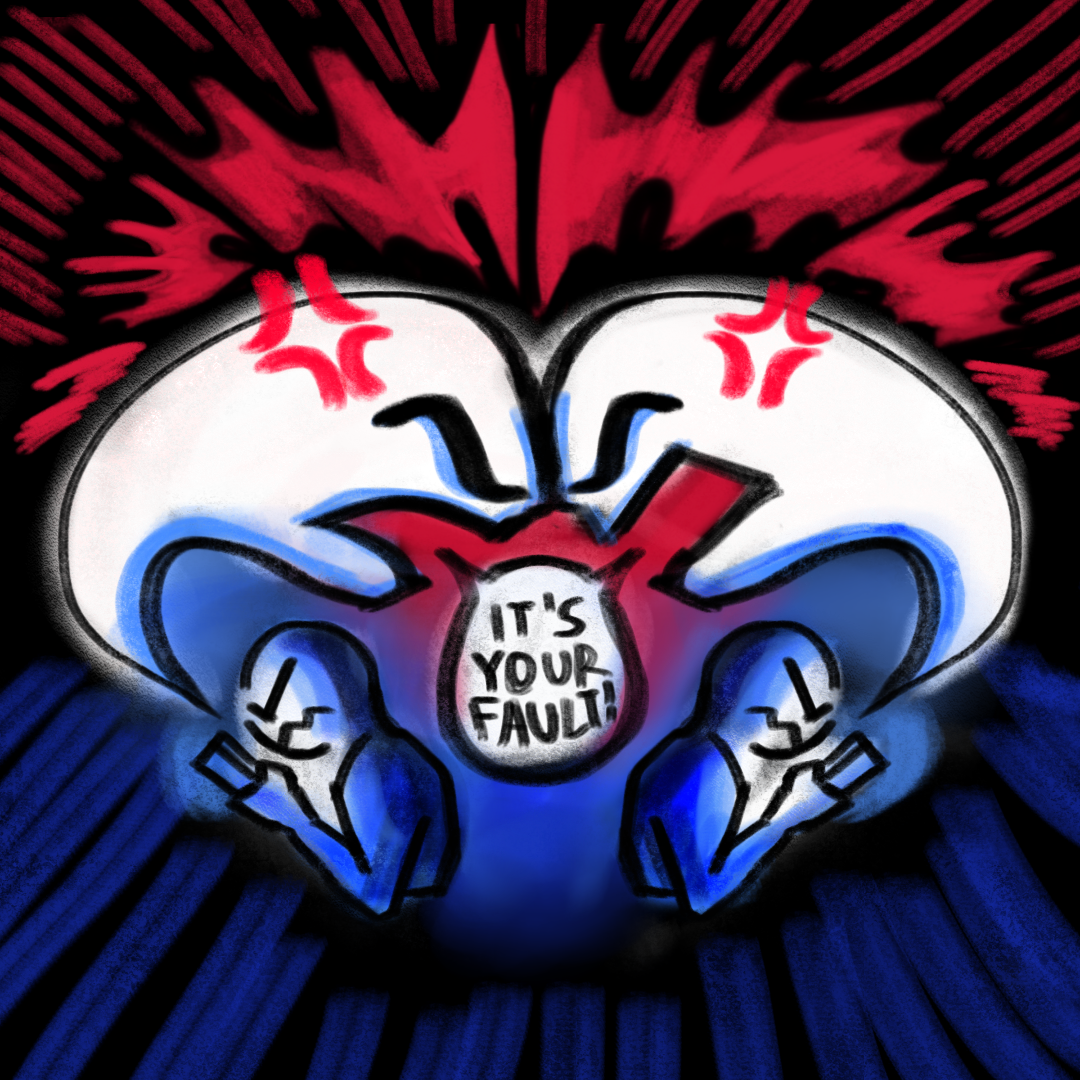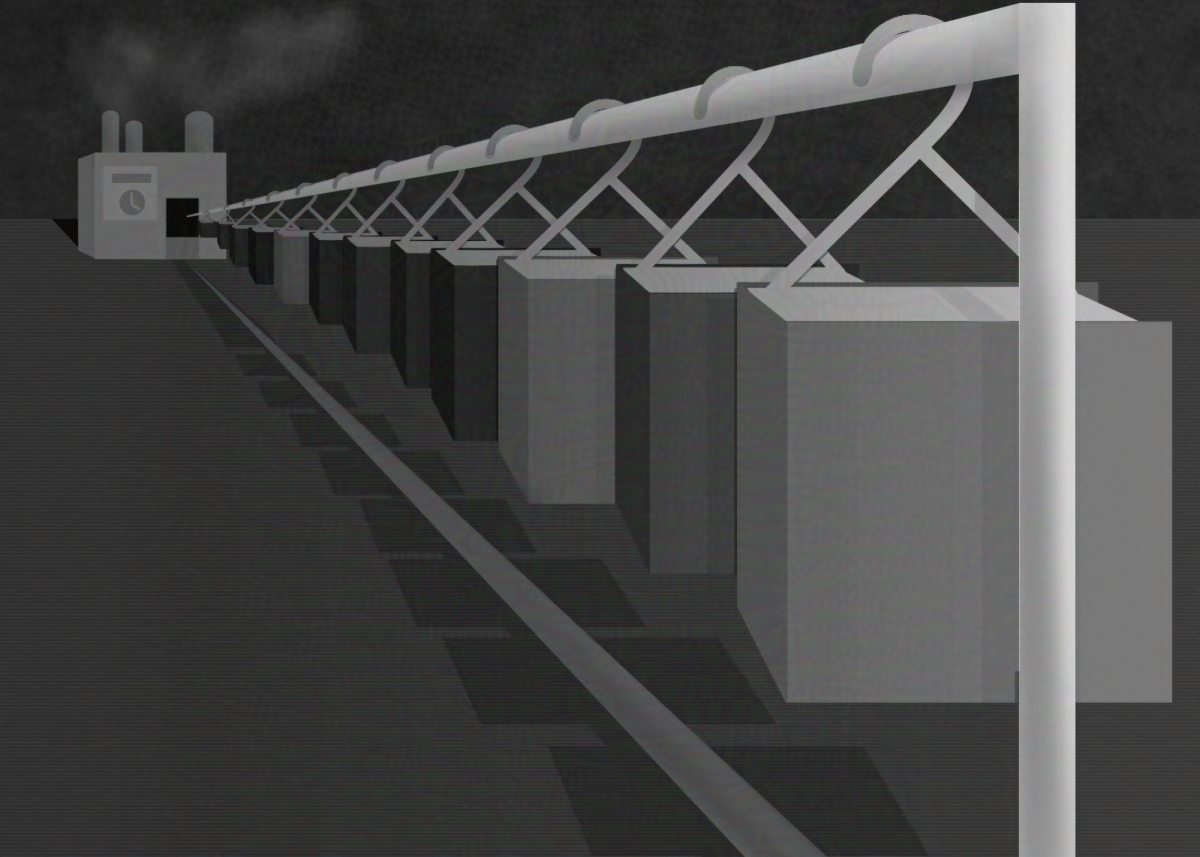In the 1940s and 1950s, Arizona was the site of a major mining boom. The miners were looking for uranium, a precious ore that would change the course of world history. Radioactive uranium was one of the most coveted substances during the beginning of the Cold War. Now, however, this radioactive rock is leaking into and tainting the water supply of 30 million people. Radioactivity in our water simply isn’t acceptable.
San Diego receives approximately 50 percent of its water supply from the Colorado River. The water travels through pipelines and aqueducts across the 300 miles of desert landscape before it is pumped into one of three San Diego water treatment plants. However, before it gets to San Diego, the water comes from the region near the Colorado River.
The largest tributary of the Colorado River is Kanab Creek. Within the creek’s tributary area are multiple abandoned uranium mines, among them is one in the Kanab North.
“Total breccia-pipe uranium production as of Dec. 31, 2010 has been more than 10,700 metric tons (23.5 million pounds) from ore … derived from nine underground mines, eight of which are north of Grand Canyon near Kanab Creek,” geologists Jon Spencer and Karen Wenrich, who studied the impact of uranium on the Colorado River for the Arizona Geological Survey, said.
The Kanab North mine is ripe for uranium leaks. It was mined for two years and then abandoned for maintenance, according to a 2010 field study by the U.S. Geological Survey. Within the mine’s complex, the research team found the waste pond’s sludge to have more than 1,800 parts per million of radioactive uranium. To put this into perspective, the Environmental Protection Agency’s maximum contaminant level for uranium in drinking water is 30 parts per billion. Across this mine complex runs a small drainage that flows toward the cliff 150 feet away and down into Kanab Creek. Just like that, the water supply is tainted. This is just one of several abandoned mines leaking contaminants into our water supply.
Yet, the water we consume here in San Diego is considered safe.
“All treated water served in San Diego County meets or exceeds rigorous state and federal water quality regulations,” according to the San Diego County Water Authority’s website.
The radioactive uranium concentration in the water from the three San Diego water treatment plants averages 1.6 to 2.1 picocuries per liter, the measure of radioactivity in water. The EPA allows up to 20 pCi/L.
However, I’m not going to trust so much as a single picocurie of radioactivity in my water. Consumption of radioactive uranium exceeding EPA standards can lead to increased risk of internal radiation, liver damage and cancer, according to the EPA. A small amount of uranium ingested can stay in the consumer’s bones for years. So, until drinking radioactive water is proven to result in super powers, such as shooting spiderwebs out of one’s wrists or telepathy, I prefer to guzzle my water out of a bottle.






